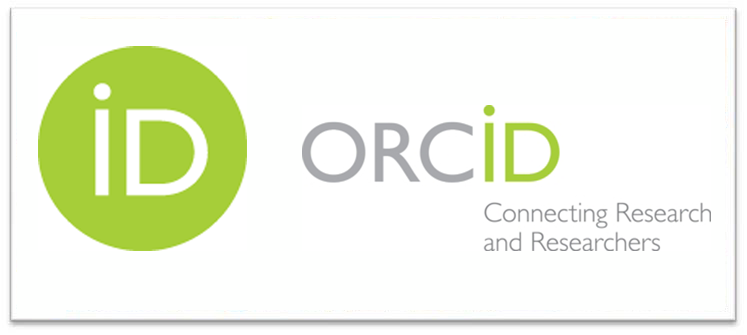HUBUNGAN PARITAS, STATUS EKONOMI, DAN PENDIDIKAN DENGAN PEMILIHAN METODE KONTRASEPSI IMPLANT
Abstract
WHO in 2018 more than 100 million women use 75% hormonal contraception and 25% non-hormonal. In 2019, there were 85% of contraceptive users. In 2020 the percentage of contraceptive use using female surgical methods (MOW) is 24%, male surgical methods (MOP) 2%, condoms, 21%, injections 8%, pills 16%, and IUDs as much as 17% while implants are under 10 % is 2% and other contraceptives are 10%. Objective: to determine the relationship between parity, economic status, and education with the use of the implant contraceptive method. This study uses an analytical survey quantitative research design using a cross sectional approach where the independent variable and the dependent variable. The sample of this research used simple random sampling method. The sample of this study amounted to 98 respondents. Data analysis was carried out in two stages, namely univariate analysis and bivariate analysis with Chi-square statistical test. The results of the bivariate analysis showed that there was a parity relationship (p value = 0.042), there was a relationship between economic status (p value = 0.039), and there was a relationship between education ((p value = 0.040) and the use of implant contraceptive methods, decision making, can improve the quality of life. services and in particular regarding the use of the implantable contraceptive method).
Keywords: Parity, economic status, education, choice of KB Implant















